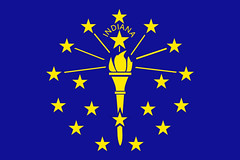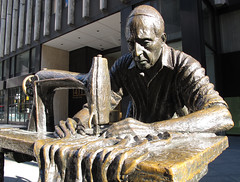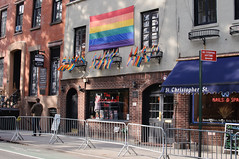
Indiana is poised to become the next front on the Republican war on organized labor, reports Steven Greenhouse of the New York Times:
INDIANAPOLIS — Nearly a year after legislatures in Wisconsin and several other Republican-dominated states curbed the power of public sector unions, lawmakers are now turning their sights toward private sector unions, setting up what is sure to be another political storm.
The thunderclouds are gathering first here in Indiana. The leaders of the Republican-controlled Legislature say that when the legislative session opens on Wednesday, their No. 1 priority will be to push through a business-friendly piece of legislation known as a right-to-work law.
If Indiana enacts such a law — and its sponsors say they have the votes — it will give new momentum to those who have previously pushed such legislation in Maine, Michigan, Missouri and other states. New Hampshire’s Republican-controlled Legislature was the last to pass a right-to-work bill in 2011, but it narrowly failed to muster the two-thirds majority needed to override a veto by the Democratic governor; an Indiana law would re-energize that effort.
Right-to-work laws prohibit union contracts at private sector workplaces from requiring employees to pay any dues or other fees to the union. In states without such laws, workers at unionized workplaces generally have to pay such dues or fees.
Unions have vowed to fight the plan to turn Indiana into what they call the “Mississippi of the Midwest,” that is, a sparsely unionized, low wage economy.
Crushing unions would also help ensure permanent Republican dominance in state politics. Unions are not only advocates for their members, they are major political players who usually align themselves with Democrats.
[Image credit: Cuksis, Creative Commons.]










